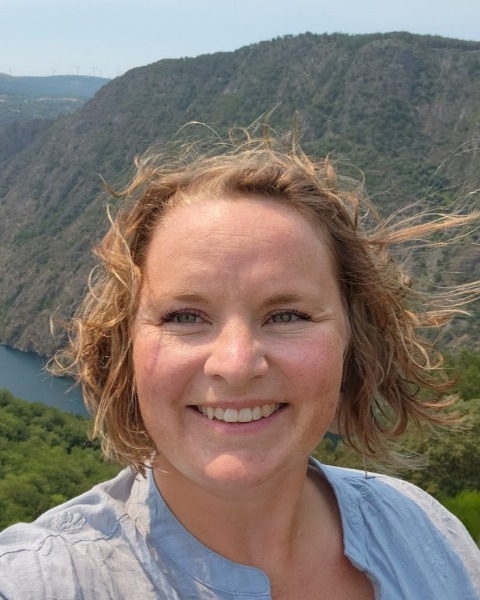Concurrent Session
Session: Can Engineers Communicate?
CS13C - Concurrent Session 13C: We Know the Risk, We Know Our Audience, We Know Our Options – Now What?
Tuesday, September 24, 2024
9:30 AM - 10:00 AM MT
Location: Colorado Convention Center, Meeting Room 505-507

Katelyn Noland
Strategic Communication Specialist
US Army Corps of Engineers, Maryland
Presenter(s)
The U.S. Army Corps of Engineers (USACE) Dam and Levee Safety Programs initiated a study in 2021 to better understand the state of risk communication and what was needed to improve it. This study included independently completed assessments of the organization and its structure, audiences for communication and their information seeking habits, and existing communication strategies that could be leveraged to improve USACE’s approaches. The study is now complete and unearthed multiple lessons learned – including how communities relate to infrastructure, the untapped opportunity of leveraging non-traditional communication partners, the impact of absence in a community, and the result of unfocused and inconsistent messaging. While some findings feel like tried-and-true principles, the study also demonstrates why it becomes hard to consistently apply them over time. This presentation will explore these findings in more detail, highlighting challenges and opportunities and recommendations for what USACE and the greater flood risk management community can do now.
This abstract builds on a presentation provided at the last ASDSO conference (From Translational to Transformational Flood Risk Communication: How USACE is Shifting its Communication About Dams, Levees, and Flooding). It will include in-depth findings and explore how USACE has responded. The final recommendations include a simple path for improvement, as well as a path that would require greater organizational change and transformation. The findings and recommendations offer a unique opportunity for the flood risk management community to reflect on the complexity of the field and how simplistic communication approaches can still make a difference.
This abstract builds on a presentation provided at the last ASDSO conference (From Translational to Transformational Flood Risk Communication: How USACE is Shifting its Communication About Dams, Levees, and Flooding). It will include in-depth findings and explore how USACE has responded. The final recommendations include a simple path for improvement, as well as a path that would require greater organizational change and transformation. The findings and recommendations offer a unique opportunity for the flood risk management community to reflect on the complexity of the field and how simplistic communication approaches can still make a difference.
